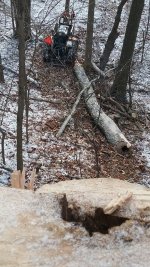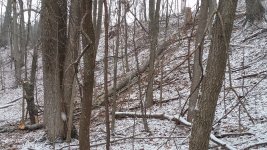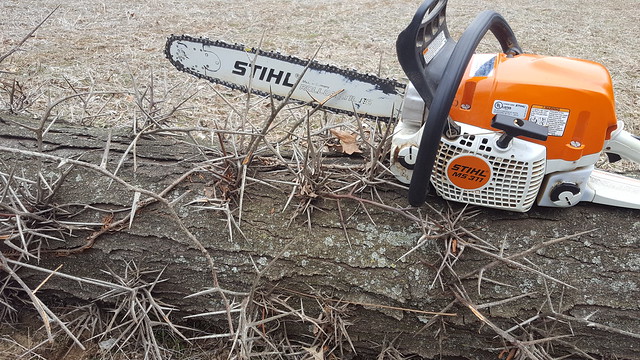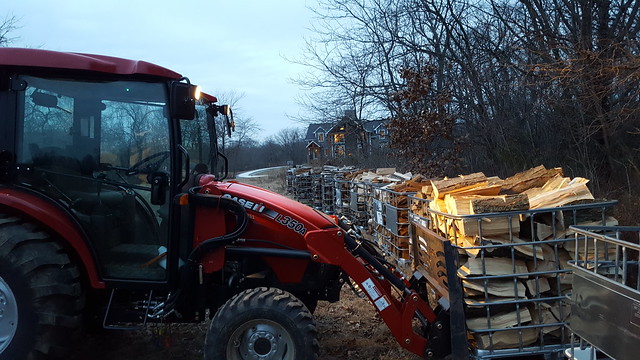A classic "Barber Chair". Can be very dangerous (as you found out). Let me guess... It had a least some front lean to it? Ash is prone to that. One of the things that causes Barber Chair on a forward-leaning tree is that when cutting using the "traditional method" of making the back cut, the tree will start to fall before you have the hinge at the proper thickness. Too thick a hinge on an easy to split tree like Ash can cause it to split up the tree, rather than bending over at the hinge.
There is a great technique for dealing with that safely, taught by the "Game of Logging" program. To properly describe it takes more time than I've got right now, but the short version:
- Make an open faced notch (the angle formed by the notch should be at least 70˚. This keeps the notch from closing and breaking off the hinge before the tree is most of the way down.) Cut the notch deep enough that the length of the hinge will be at least 80% of the tree's DBH (diameter at breast height). So for a 12" DBH tree, you want the hinge length to be about 10".
- Bore cut behind and parallel to the hinge, leaving more hinge thickness than you need. After the bore is complete, cut forward toward the hinge until your hinge thickness is equal to 10% of the tree's DBH. So a 12" DBH tree would have a 1.2" thick hinge.
- The tree is now held by the uncut wood behind the bore cut (on the opposite side of the bore cut from the hinge wood), and your hinge is set at the appropriate thickness. On a forward-leaning tree, cutting that holding wood in the back will release the tree.
Bore cutting is not hard to do, but there is a technique to it. Doing it incorrectly can cause kickback.
The technique can be adapted to trees bigger than the length of your bar, you just have to bore cut in from both sides behind the hinge (it's not necessary for the two bore cuts to meet exactly, a little bypass up and down is OK, but you do want to sever all of the fibers on the way through)








